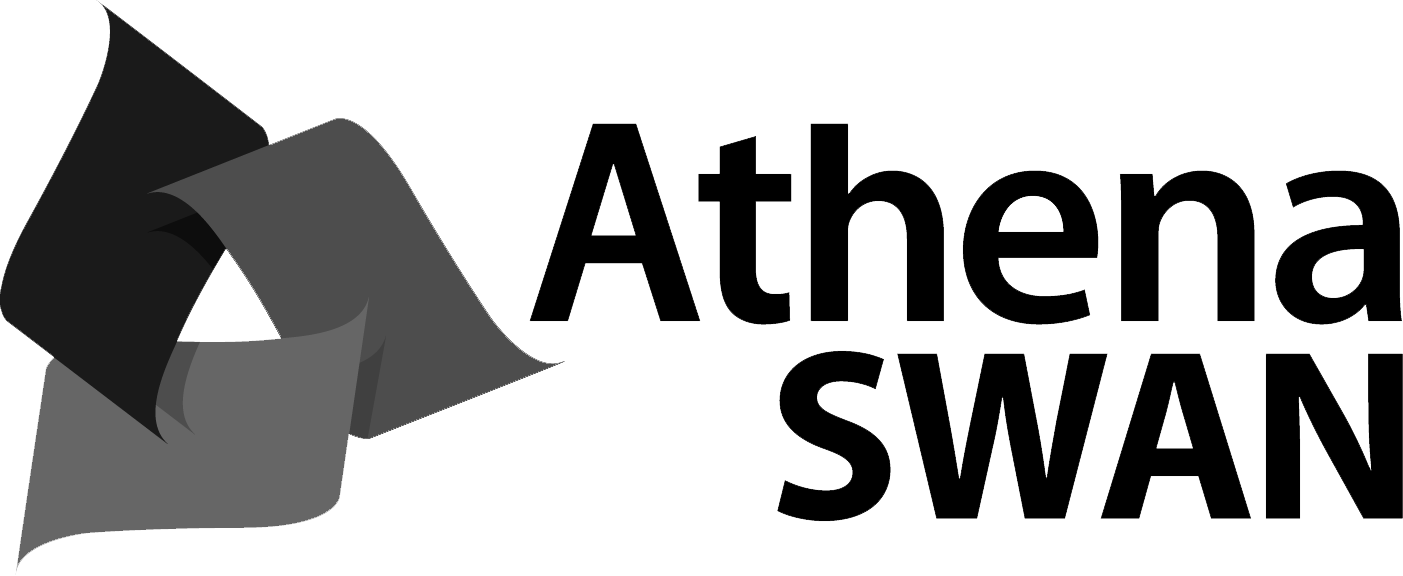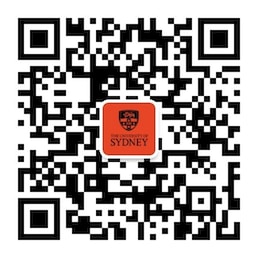Writing is essential for working in art galleries and museums, such as interpretive texts for audiences, research for publications, education, criticism, or for digital media. This unit will study essential texts by curators and critics and offers workshops to develop skills in writing for a range of contexts, objects, and art forms. Engage in research and writing methods for object labels, podcasts and audio guides, audiences with diverse needs, auction catalogues and other contexts. The modules offer interactive platforms and collaborative learning opportunities with the Chau Chak Wing Museum and local collections to build experience and enhance skills for career readiness or development.
Unit details and rules
| Academic unit | Art History |
|---|---|
| Credit points | 6 |
| Prerequisites
?
|
None |
| Corequisites
?
|
None |
|
Prohibitions
?
|
None |
| Assumed knowledge
?
|
None |
| Available to study abroad and exchange students | Yes |
Teaching staff
| Coordinator | Yvonne Low, yvonne.low@sydney.edu.au |
|---|---|
| Lecturer(s) | Yvonne Low, yvonne.low@sydney.edu.au |





